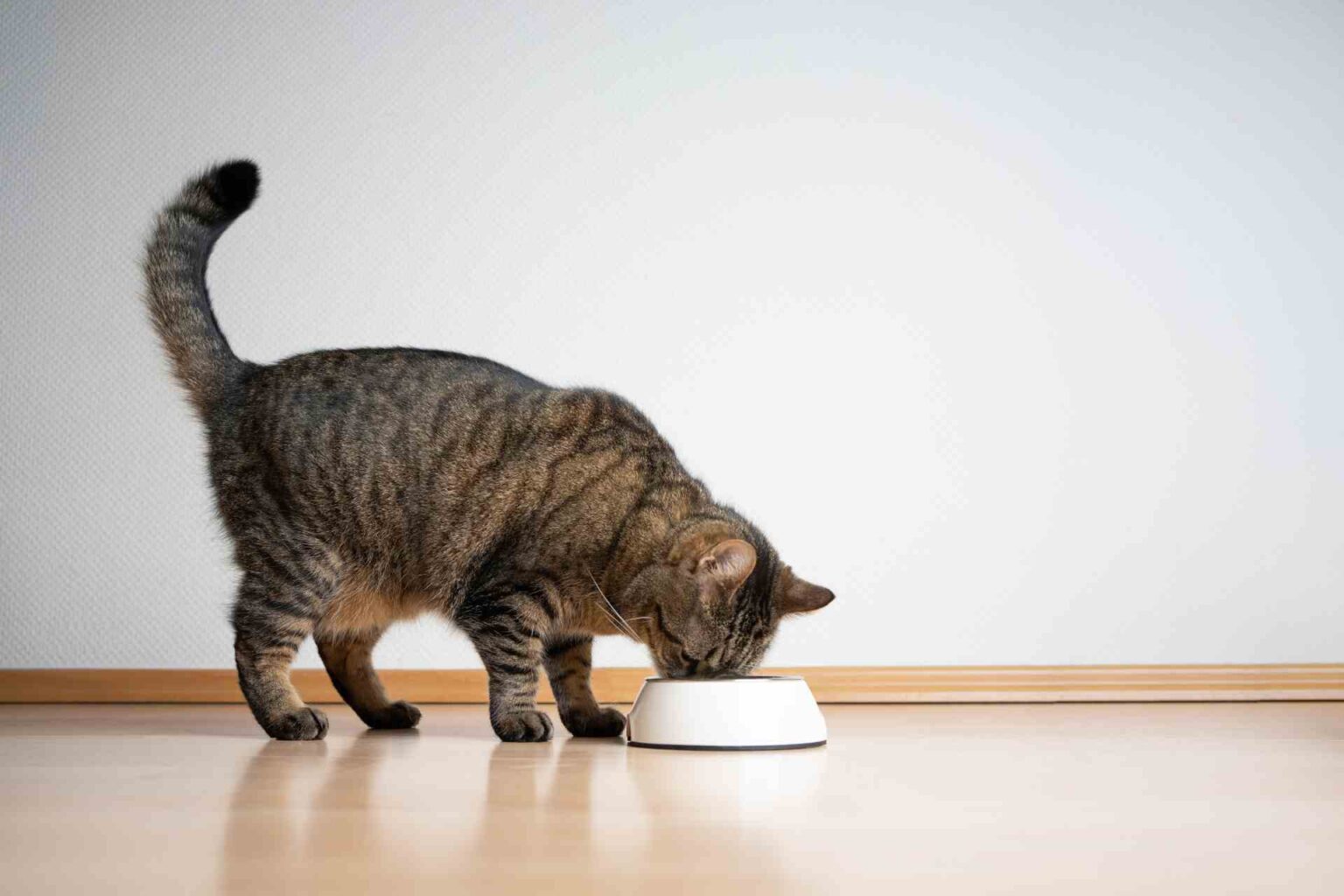A study conducted at Hirosaki University in Japan and published in the World Journal of Urology brings to light the specific alterations in intestinal flora that accompany urological disorder
Overactive Bladder Syndrome(OAB). falls under lower urinary tract disorders (LUTS, Lower Urinary Tract Symptoms), and one of the most accepted pathophysiological theories explaining its etiology calls into question altered sensory activation and detrusor overactivity, resulting inurinary urgency. Some specific alterations in the urobiome-the bacterial flora that dwells in the urinary tract-have been associated with these kinds of disorders, but a possible role played by the intestinal microbiota has also been hypothesized. The goal of a study conducted at Hirosaki University in Japan and published in the World Journal of Urology was precisely to verify the association between the gut microbiota and overactive bladder with daily urinary urgency.
Bacterial genera that decrease and those that increase
To further investigate the possible involvement of the gut microbiota in overactive bladder, a cross-sectional study was set up at Hirosaki University that evaluated 1,113 subjects from the same community. Participants were divided into two groups of 58 individuals each (23 men and 35 women) according to the presence or absence of the urological disorder based on theOveractive Bladder Symptom Score (OABSS) rating scale. Both groups were then subjected to gut microbiota assessment by 16S gene sequencing on a fecal sample. The results revealed significant differences in microbiota structure between the two groups (p= 0.023), with overactive bladder carriers with urinary urgency having significantly lower relative abundance of the genus Bifidobacterium and significantly higher relative abundance of the genus Faecalibacterium than controls without OAB.
In this regard, the authors point out that reduced abundance of the genus Bifidobacterium also characterizes patients with irritable bowel syndrome, a pathological form that-just like overactive bladder-is to be considered a sensory disorder fueled by hyperactivity and visceral irritability: interestingly Irritable bowel syndrome and overactive bladder are often concomitant. In the paper, moreover, it is also mentioned that some bifidobacteria are successfully used as probiotics. In fact, the genus Faecalibacterium – found to be more abundant in cases of overactive bladder – has also been associated with beneficial effects on the body due to its ability to produce short-chain fatty acids. As the authors explain, however, it is precisely this action of his-if excessive-that would end up increasing secretion of brain-derived neurotrophic factor(BDNF), levels of which are found to be increased in cases of overactive bladder, resulting in stimulation of detrusor activity.
The link could be more articulated and involve depression
The Japanese study thus revealed that the overactive bladder associated with urinary urgency is accompanied by a specific dysbiosis of the gut microbiota, which appears to be characterized by reduced diversity and a different arrangement of bacterial clusters compared with controls. The link, however, could be more nuanced and include additional factors. Indeed, evaluations conducted in the study also found that patients with OAB tended to be more depressed , and it is known that the depressive state contributes to altering the structure of the microbiota. The authors of the paper then explain that there may be a complex relationship linking overactive bladder, depression, and gut microbiota arrangement and defer to further investigation to clarify cause-and-effect relationships.
Reference
Okamoto T, Hatakeyama S, Imai A, et al. Altered gut microbiome associated with overactive bladder and daily urinary urgency. World J Urol. 2021;39(3):847-853. doi:10.1007/s00345-020-03243-7














